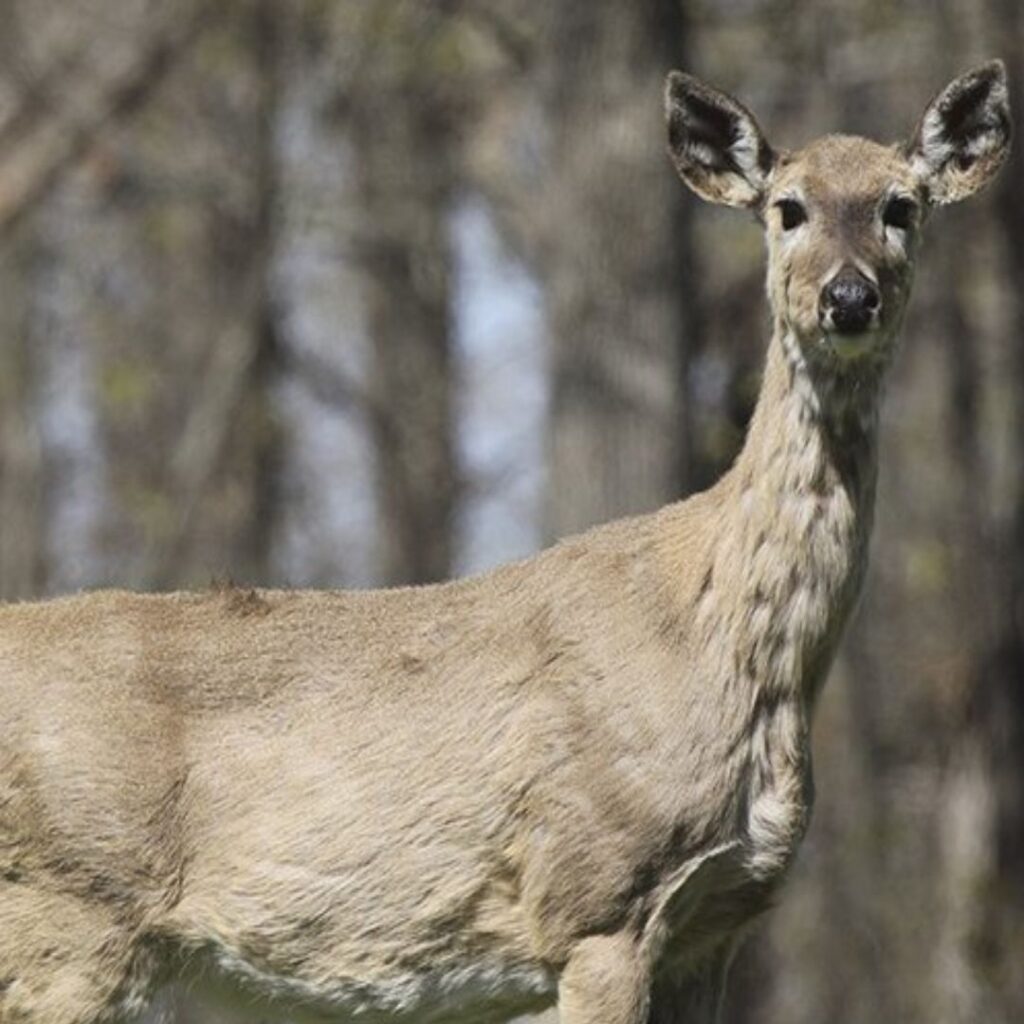Chronic Wasting Disease (CWD) is a neurodegenerative illness affecting various species of deer, elk, and moose. It belongs to a group of diseases known as transmissible spongiform encephalopathies (TSEs), which impact the brain and nervous system. First recognized in the late 1960s, CWD has raised concerns among wildlife researchers, conservationists, and public health officials due to its potential effects on wildlife populations and, in some cases, human health.
Causes and Spread of Chronic Wasting Disease
The exact cause of CWD is still under study, but it’s believed to be caused by abnormal proteins called prions. These prions can spread through direct contact with infected animals or through environmental contamination, making it a challenging disease to control.
Symptoms and Effects of Chronic Wasting Disease
Affected animals display various symptoms such as weight loss, abnormal behavior, and physical deterioration. As the disease progresses, it can significantly impact the population dynamics of wildlife, potentially leading to long-term ecological consequences.
Risk Factors and Susceptible Species
Certain factors, including proximity to infected animals and genetics, increase the risk of CWD transmission. White-tailed deer, mule deer, elk, and moose are among the species most susceptible to CWD.
Diagnosis and Detection of Chronic Wasting Disease
Diagnosing CWD involves post-mortem examination of the brain, complicating early detection and containment efforts. Advanced testing methods are continually being developed to improve detection accuracy.
Management and Prevention Strategies
Current approaches to managing CWD outbreaks include population reduction in affected areas and restrictions on the transportation of carcasses. Preventive measures involve increasing surveillance and implementing wildlife management practices.
Research and Current Developments
Ongoing research focuses on understanding disease transmission, developing vaccines, and exploring potential treatments to mitigate the impact of CWD on wildlife populations.
Impact of Chronic Wasting Disease on Ecosystems
CWD poses a threat to the balance of ecosystems by affecting wildlife populations and biodiversity. Its long-term implications on ecosystems are still being studied.
Human Health Concerns and Safety Measures
While no evidence suggests CWD transmission to humans, precautions are advised, such as avoiding consumption of infected meat and proper handling of carcasses.
Regulatory Measures and Policies
Governmental agencies have implemented regulations to manage CWD, including hunting restrictions and monitoring programs to control its spread.
Community Engagement and Awareness
Involving communities in surveillance efforts and raising awareness about CWD’s impact on wildlife health are crucial for effective disease management.
Future Outlook and Challenges
Addressing CWD requires overcoming challenges in detection, management, and balancing conservation ethics with disease control. Advancements in research and collaborative efforts offer hope for better disease control strategies.
Global Perspective on Chronic Wasting Disease
CWD is not limited to specific regions and has been identified globally. International cooperation is essential to address its spread and impact on diverse ecosystems.
Ethical Considerations and Wildlife Management
Managing CWD involves ethical dilemmas concerning wildlife welfare and conservation efforts. Finding a balance between disease control and ethical wildlife management remains a significant challenge.
Conclusion
Chronic Wasting Disease poses a multifaceted challenge, impacting wildlife health, ecosystems, and potentially human health. Addressing this disease requires collaborative efforts, continued research, and proactive measures to ensure the well-being of wildlife populations and ecological balance.
FAQs (Frequently Asked Questions)
- Can Chronic Wasting Disease affect humans directly? There is no confirmed evidence of CWD transmission to humans, but precautions are recommended when handling infected animals.
- Which species are most susceptible to Chronic Wasting Disease? White-tailed deer, mule deer, elk, and moose are among the species most susceptible to CWD.
- What measures can individuals take to prevent CWD transmission? Avoid consuming infected meat and practice proper handling of carcasses to minimize potential risks.
- How does CWD impact ecosystems and biodiversity? CWD can disrupt wildlife populations, leading to imbalances in ecosystems and affecting biodiversity.
- What are the challenges in managing Chronic Wasting Disease? Challenges include early detection, ethical considerations, and implementing effective disease control strategies.


